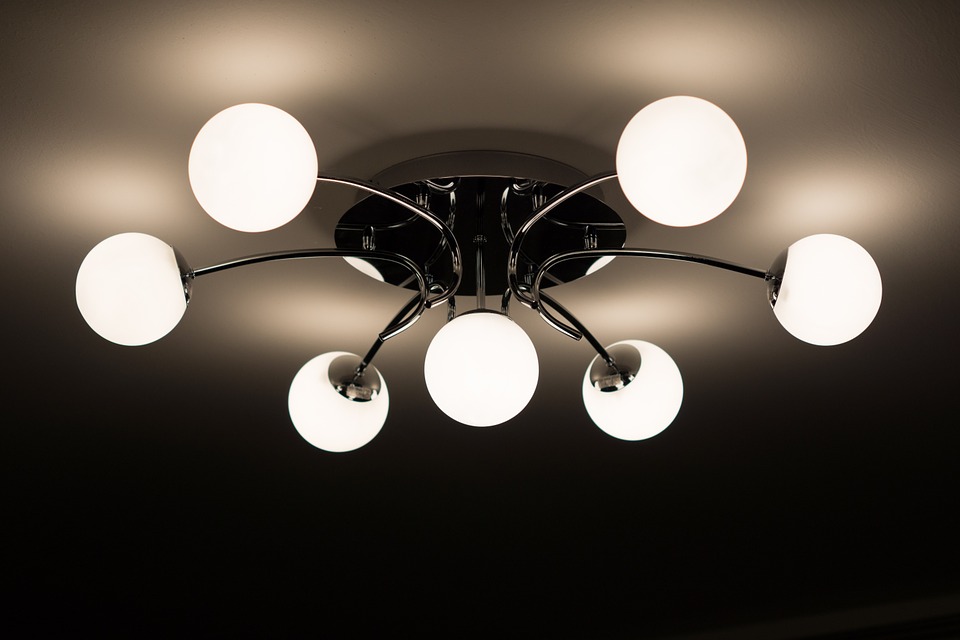
How to Choose a Bulb (Part 2)
This post is a continuation from Part 1 on How to Choose a Bulb. Lately, we have gone through The different characteristics of a light bulb: power, lifetime, colour temperature, and colour rendering index.
We will now cover the criteria for choosing a light bulb.
Selecting a light bulb means selecting it according to:
– its usage;
– the place where it will be used;
– the load;
– the lighting system that will receive it;
– and the desired characteristics, as we will see below.
Several points are to be taken into consideration when choosing a bulb:
Criteria for choosing a light bulb
You have the choice between:
– incandescent bulb;
– low-energy bulb;
– halogen bulb;
– LED light bulb;
– halogen bulb;
– neon.
The packaging of the bulb tells you its energy class, luminous flux, power and lifetime.
– Don’t forget to check that the maximum power of the bulb can be supported by the support (lamp or lampshade), otherwise serious damage may occur.
– Study in a second step: the colour temperature and the colour rendering index, these parameters also qualify the quality of the light.
The choice of the bulb will impact your electricity bill and the environment.
– By choosing low-energy light bulbs, you can make significant savings for a small investment.
Its aestheticism

Because of the multiplicity of shapes and colours, aesthetics is also important.
– These will be able to colour the light, to opacify it, to give it a look…
The following comparative table brings together all the characteristics listed for each type of bulb:
|
Type of bulbs |
Classic bulb (230 V) |
Halogen bulb (230 V) |
Halogen bulb (12 V) |
Fluorescent tube (230 V) |
Compact fluorescent bulb (230 V) |
LED Light Bulb (230/120V) |
|---|---|---|---|---|---|---|
|
Lifetime in hours |
1 000 |
2 000 to 2 500 |
Up to 5 000 |
6 000 to 12 000 |
6 000 to 8 000 |
50 000 to 100 000 |
|
The lifetime in years (3 hours/day) |
1 |
2 |
4 |
10 |
7 |
60 |
|
Consumption in Watts |
10 to 40 |
40 à 150, up to 500 W (for tubes) |
20 to 50 |
6 to 60 |
7 to 20 |
≤ 1 ≥ 1 |
|
Light force in lm/W |
8 to 15 |
15 to 20 |
15 to 45 |
60 to 90 |
60 to 90 |
60 to 100 |
|
Colour temperature |
Warm colour |
Bright and shiny |
Bright and shiny |
Cold and aggressive (except broad spectrum) |
Intimate and soft |
Intimate and restful |
|
Color Rendering Index |
Very good |
Very good |
Very good |
Bad to good |
Bad to good |
Medium to good |
|
Heat released |
Very strong |
Low |
Low |
Very low |
Very very low |
None |
|
Disadvantages |
Very energy consuming |
Energetic |
Energetic |
Cold light, contains mercury |
Waiting for maximum lighting |
Its price |
|
Benefits |
Its price |
Quality of light |
Quality of light |
Economical |
Easy to adapt with and its lifespan |
Its lifespan |
|
Price |
$1 to $3 |
$8 to $10 |
$4 to $6 |
$4 to $6 |
$9 to $11 |
$10 to $12 |
Thank you for staying posted for our new blog posts. Hope the posts from Part 1 till here would be of any help to you. Remember to leave your comments below and share these posts with your friends. Should you wish to read on a more specific topic, please do not hesitate to let us know. We will get back to you as soon as possible. Stay posted!

1 thought on “How to Choose a Bulb (Part 2)”